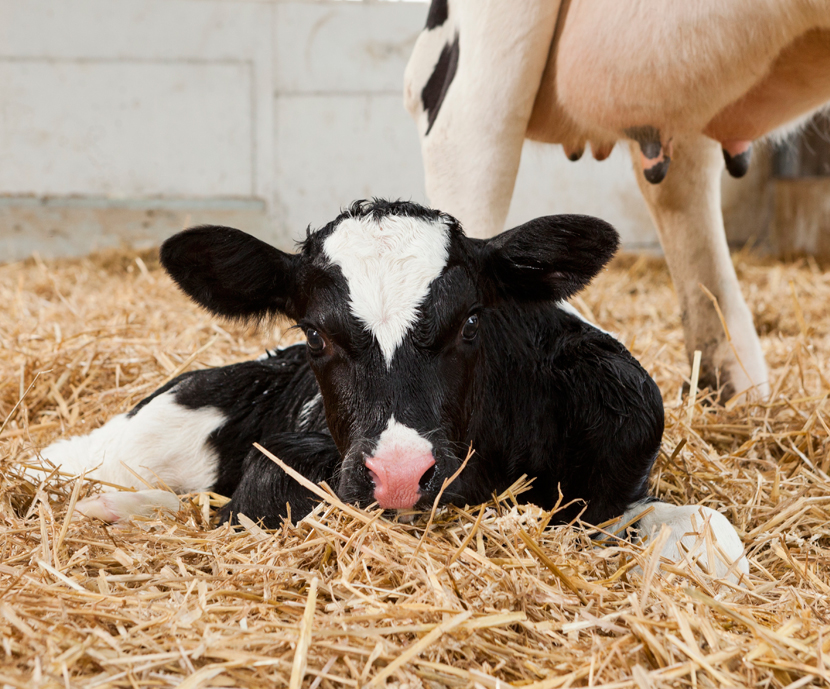 31 Aug 2022
31 Aug 2022
Newborn calves are sensitive to environmental changes as well as to opportunistic and potentially pathogenic bacterial colonization. This can result in high morbidity and mortality rates(Alawneh et al., 2020; Osorio, 2020). Diarrhea and respiratory disease are the 2 primary causes of early calf morbidity and mortality (Malmuthuge et al., 2015). Acute diarrhea is the primary issue for the first 3 weeks of life; which at around 4 weeks of age tends to be replaced by the onset of respiratory disease. Morbidity rates due to neonatal diarrhea can be as high as 21% in individual herds, and mortality rates can be as high as 5 to 8% (Meganck et al., 2015). Which highlights the need to implement strategies that can help mitigate the onset of diarrhea in newborn calves.
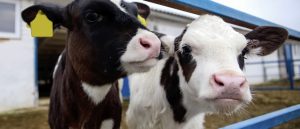
The discovery of the presence of a complex microbiota within animals’ digestive tracts invariably led to the belief that this ecosystem can be modified to promote or even restore animal health (O’Hara et al., 2020). Understanding the principles that regulate short and long-term microbial colonization inside the digestive tract is essential to the success of microbiome-based therapies using beneficial microorganisms (Walter et al., 2018), especially in livestock operations.
Antimicrobials and probiotics were usually used to modulate microorganisms in the gastrointestinal(GI) tract. One approach is through the elimination of pathogenic microorganisms using antimicrobials. However, this approach is unadvisable due to the negative effects that antimicrobials have on beneficial GI tract microbiota. As well as due to the high risks of antimicrobial resistance, and the presence of unacceptable levels of antibiotic residues in dairy and meat products (Tang et al., 2017). Another approach is including probiotics which are beneficial for the host when administered in adequate amounts (Hill et al., 2014; Garcia-Mazcorro et al., 2020).
Probiotics are extensively used as feed additives thanks to the positive effects associated with the establishment of a protective microbiome in calves’ GI tract. Health risks before weaning are very high as calves remain highly susceptible to disease and environmental stress during this period (Hammon et al., 2020).

Lactic acid bacteria represent a tool for maintaining intestinal microbial balance as well as preventing the onset of opportunistic pathogenic bacterial populations (Signorini et al., 2012). Bacillus species are also believed to reduce pathogen colonization through the activation of key survival pathways as well as stimulating epithelial cells’ immune response. (Williams, 2007; Piewngam et al., 2018).
Despite the growing practice of postbiotic inclusion in diets, their effects on newborn calves’ growth and health status are still uncertain. Exhibiting response variations linked to factors such as: the use of different probiotic species, viable probiotic bacterial numbers, and administration methods (Diao et al., 2019).
It is suggested that administering an inoculum formed by a mixture of different strains may represent an effective strategy to achieve stable effects in calves. As a result, researchers from the University of Tennessee and China Agricultural University set out to test this in an experimental trial where they included a combination of commercial probiotics including 3 lactic acid bacteria and Bacillus subtilis in the diets of Holstein calves.
Materials and Methods
This experiment was conducted at Modern Farming(Bengbu, China). The protocols were approved by the Laboratory Animal Welfare and Animal Experimental Ethical Committee of China Agricultural University.

The study aimed to assess the effects of compound probiotics (consisting of 108 cfu/g of Lactobacillus plantarum, 108 cfu/g of Pediococcus acidilactici, 108 cfu/g of Pediococcus pentosaceus, 107 cfu/g of and Bacillus subtilis) on rumen fermentation, health status, and the growth performance of Holstein calves during the first three months of age.
Forty-eight male newborn Holstein calves (41.3 ± 3.89 kg, SD) were randomly selected from 165 newborn calves.
Calves were randomly divided into the following 3 groups:
Control (CON): both milk replacer and starter pellets supplemented with no compound probiotics
LP (low compound probiotics): milk replacer supplemented with 0.12 g of compound probiotics per head per day, and starter pellets supplemented with 0.05% compound probiotics
HP (high compound probiotics): milk replacer supplemented with 1.2 g of compound probiotics per head per day, and starter pellets supplemented with 0.05% compound probiotics
Results and discussion
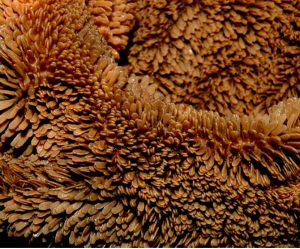
The diet supplemented with compound probiotics altered rumen fermentation. This was evidenced by a reduction in ruminal acetic acid and propionic acid, while there was an increase of butyric acid. The latter being the main energy source of the rumen wall. All of this suggests that the inclusion of compound probiotics improved rumen development.
The increase in butyric acid production can be explained by a numerically higher abundance of bacteria like Prevotella bryantii within the compound probiotic groups. Prevotella bryantii play a significant role in the degradation of fiber and starch. On the other hand, no significant differences in the concentrations of iso-butyric acid, isovaleric acid, valeric acid, and total VFA were found.
Oxidative biomarkers usually serve as indicators of animals’ health and physiological status. In this regard, immune activity increased within the HP group, supported by increased concentrations of serum total protein and immunoglobulins at 40 days of age. As well as with greater superoxide dismutase activity at 80 days. This indicates that HP supplemented diets improved calves’ antioxidant capacity. This could be explained by the fact that the probiotic compound which was used for this study contained Lactobacillus plantarum. These bacteria contain significant glutathione levels, which aid in the degradation of hydrogen peroxide, as well as scavenging reactive oxygen species.
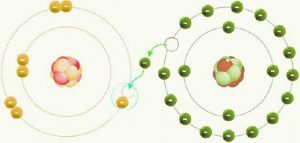
The diet supplemented with compound probiotics improved calves’ health status. This was evidenced by a lower faecal score at 3 weeks of age and a reduction in the need of medical treatments . Which is very significant considering that the onset of diarrhea in preweaning dairy calves is associated with higher morbidity, malabsorption issues, and poor production performance later in the calf’s life.
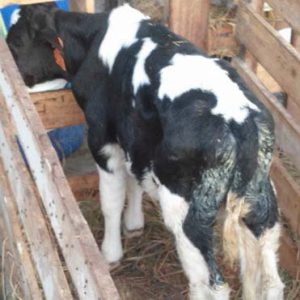
Studies show that acute diarrhea is the primary issue for the first 3 weeks of life. In this study, diarrhea rates at 3 weeks of age for the control, LP, and HP groups were: 10.71%, 0.89% and 0.89%, respectively. Overall, the medical treatments of the control, LP, and HP groups were 13, 4, and 5, respectively; compared with the control group, the medical treatments of LP and HP groups decreased by 69.2% and 64.5%, respectively.
For this study, diarrhea onset in calves was at an average of 5.95%, which is lower compared to results in other similar studie. This suggests that the environmental conditions and the management practices undertaken within the experimental farms were very good. Therefore, researchers speculated that the positive effects attributed to the inclusion of compound probiotics should be even greater in farms with suboptimal conditions.
Calves fed with the high compound probiotics (HP)during the total 3 month period,had a 6.2% higher weight gain that those within the probiotics-free group. In addition, those calves fed with the high compound probiotics diet presented slightly better intake levels (DMI) and feed efficiency through duration of the study. Contrary to previous findings, there were significant improvements in body size measurements with the compound probiotic supplementation.
Conclusions

Source: “Effects of compound probiotics on growth performance, rumen fermentation,
blood parameters, and health status of neonatal Holstein calves.”
Subscribe now to the technical magazine of animal nutrition
AUTHORS

Hybrid Rye Potential in Laying Hen Feed Rations
Gwendolyn Jones
A day in the life of phosphorus in pigs: Part I
Rafael Duran Giménez-Rico
Use of enzymes in diets for ruminants
Braulio de la Calle Campos
Minerals and Hoof Health in the Pregnant Sow
Juan Gabriel Espino
Impact of Oxidized Fats on Swine Reproduction and Offspring
Maria Alejandra Perez Alvarado